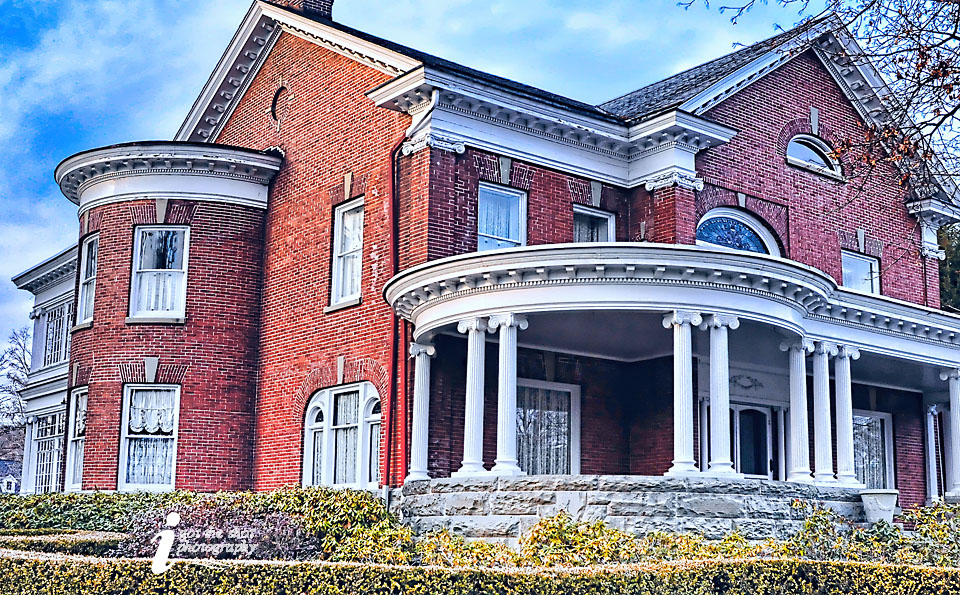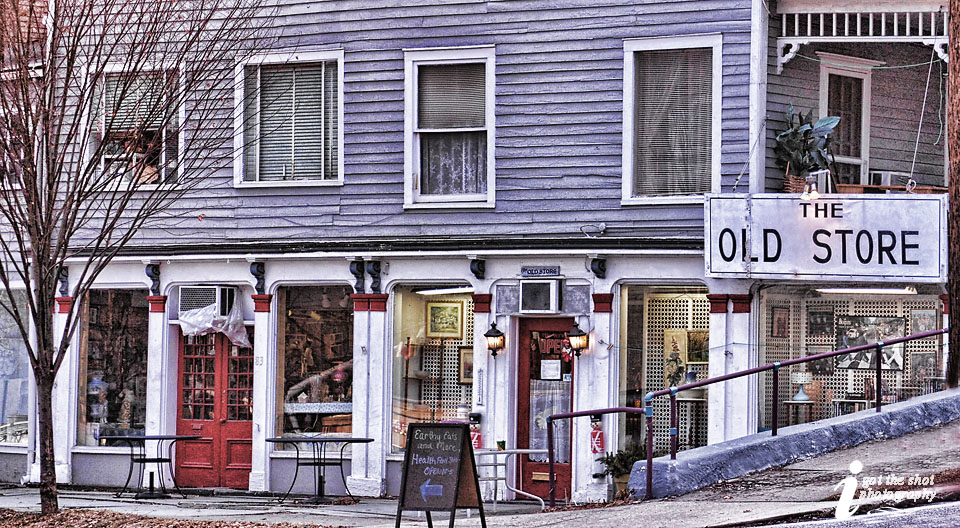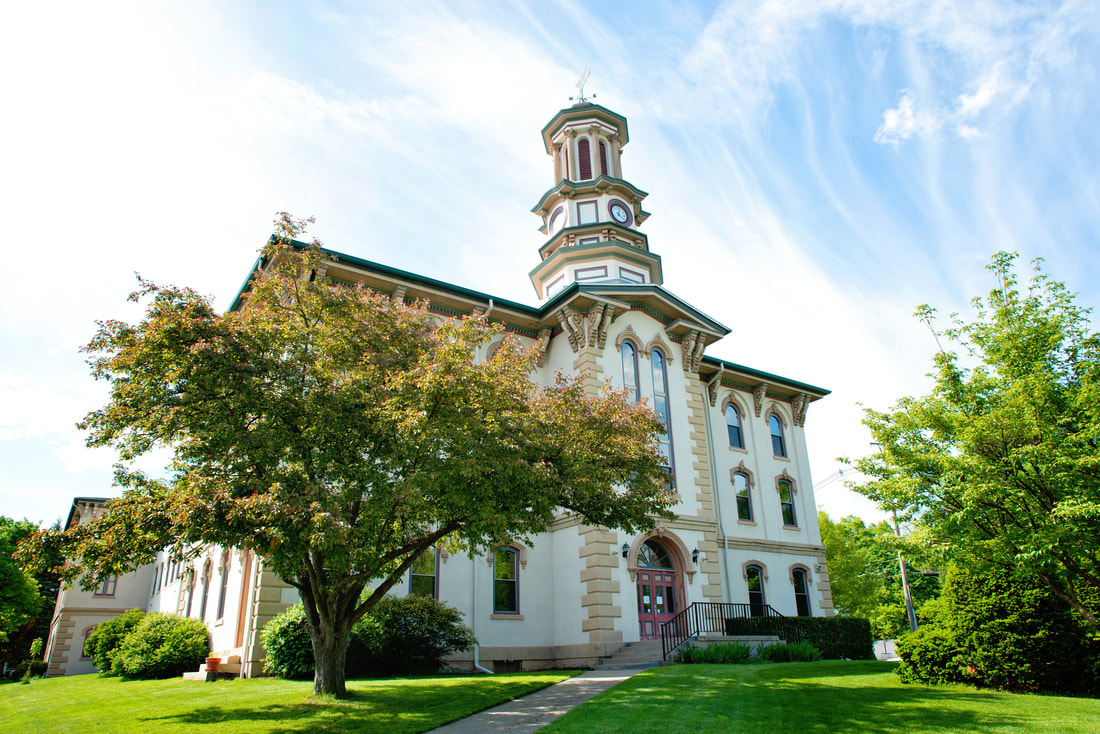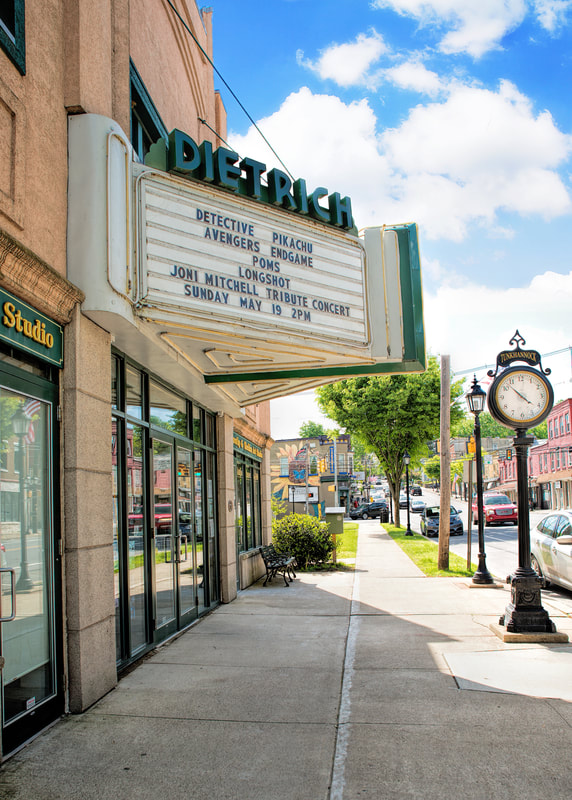
I have always wanted to drive along the portion of Route 6 that flows through Northeastern Pennsylvania and give it my own photographic slant. Along the way I hope to do my own research and learn more than even I want to know about the little burgs and hamlets that snake off of Route 6 into the Endless Mountains.
I decided to start in Tunkhannock, and in the middle of Winter. That in itself should produce a large hurdle of weather patterns that only Northeastern Pennsylvania-ites have come to expect. By the time I reach the furthest locations, I'm hoping it will be Spring. The only hazards I'll have to worry about then would be getting behind a log truck on hilly Route 6 in a no passing zone.
All of my photos will be taken with a Nikon D300 camera using various lenses, but leaning toward my 70-300mm, my 50mm 1.8 and my 28mm 2.8 wide angle.
History of Route 6
In 1807, state officials mandated a road be cut through the Moosic Mountains to make it easier to travel to the western parts of the state. As the state branched out, so did the road, even going beyond the borders of Pennsylvania. According to the Route 6 visitor’s guide: “Carved out of hundreds of miles of wilderness, the road eventually united all of the county seats in Pennsylvania's northern tier. The fledgling highway quickly became a vital link between the industry of the west and the railroads in the east. Along its length sprung up charming villages, plentiful farming communities and thriving towns. In 1925, Route 6 in Pennsylvania was incorporated into a highway system that would connect the United States from coast to coast. Named US Route 6, the road stretched from Cape Cod, Massachusetts to Long Beach, California. It became one of America's first transcontinental highways. Today the road remains one of the longest highways in the nation.”
Facts About Tunkhannock
It has been archeologically proven that three principle tribes inhabited the area: the Lenni Lanapes, the Mingoes and the Shawnees. Tunkhannock shares its name with the name of a Delaware Indian village located at the mouth of Tunkhannock Creek in the mid-18th century. The name means "small stream."
Tunkhannock Architecture
Heading back to my car (there is free parking along the main thoroughfare and several parking lots scattered behind buildings around town), I spied these wonderful red church doors, and the welcoming door of a home on Tioga. I haven't decided, yet, where my next stop on Route 6 will be, but Tunkhannock never disappoints!

















 RSS Feed
RSS Feed